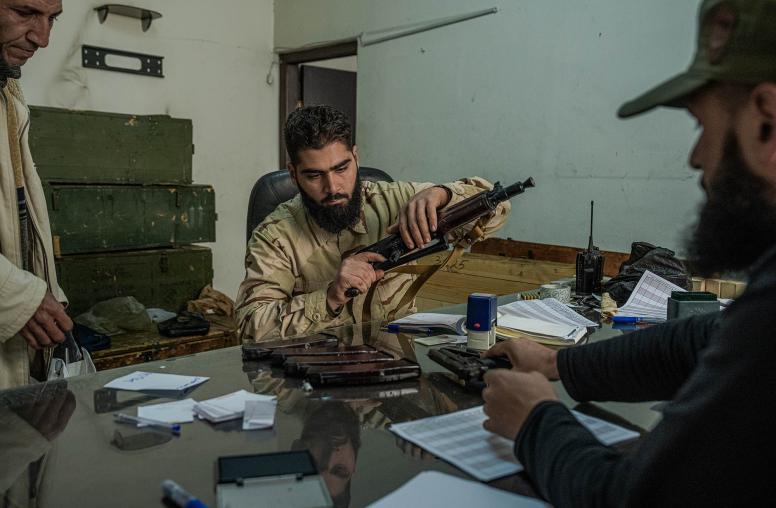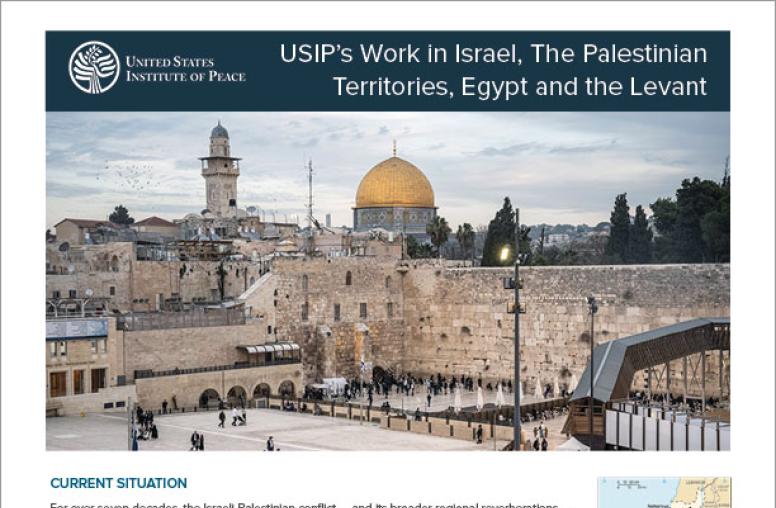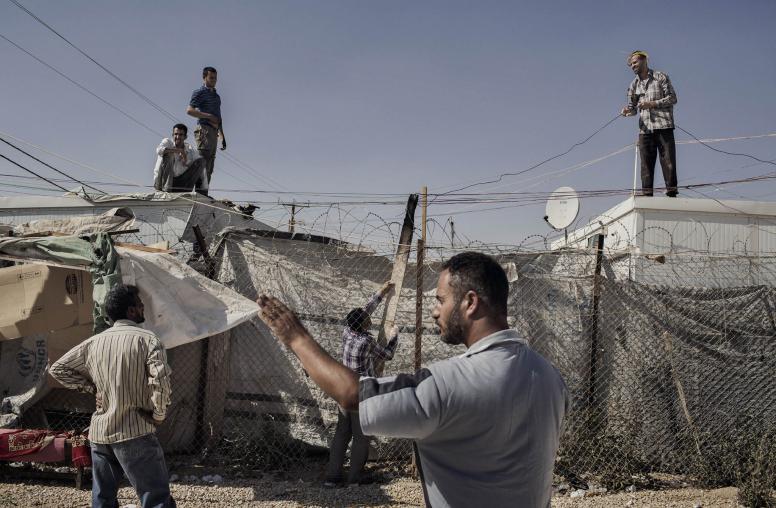Local Cross-line Coordination in Syria
Throughout the eight-year-long conflict in Syria, the movement of people and goods—including vital foodstuffs, medicines, equipment, and fuel—has often been severely restricted by periods of prolonged fighting. Yet in many areas, local arrangements, historical circumstances, and key actors have facilitated trade and movement across the lines of conflict. This report examines four cross-line areas in Syria and draws lessons for how these local dynamics might affect the resolution of the larger conflict and these communities in the long term.

Summary
Throughout the conflict in Syria, freedom of movement often has been restricted or in some cases impossible during periods of prolonged fighting. Yet the movement of people and goods, including vital foodstuffs, medicines, equipment, and fuel, has been more feasible in certain areas than others. In many cases, local arrangements, historical circumstances, and key actors have been able to facilitate trade and movement across the lines of conflict. In some instances, these arrangements appear to have played a critical part in how the Syrian government has regained control of these areas.
Four particular areas of Syria—Madiq Castle, Northern Homs, Da’el, and Menbij—present notable examples of cross-line cooperation. These cases highlight how even robust local cooperative arrangements have remained vulnerable to the larger conflict dynamics, with three of the four cases ultimately returning to Syrian government control.
The four case studies also present cautionary tales about the problems of relying solely on local actors or track 1 negotiations. By examining the evolution of the local conflict dynamics of these areas, especially since 2015, this report adduces the lessons that these cross-line arrangements might have for reconciliation, peacebuilding, and postconflict justice in Syria as a whole.
The case studies also examine the important role of historical connections and pivotal public figures to understand the factors that have enabled trade and movement across lines of conflict to continue. In some instances, the economic usefulness of a particular crossing point encouraged local combatants to keep trade moving; in others, a prominent local figure acted as a mediator to resolve points of tension between the government and opposition, or even with outside third-party actors. Lessons gleaned from these case studies can potentially also provide guidance to those involved in cease-fire or reconciliation negotiations to help protect civilians who have been caught in the crossfire.
About the Report
Based on four case studies, this report examines local coordination across Syria’s lines of conflict. Jointly supported by USIP’s Inclusive Societies and Syria programs, the report attempts to fill a gap in the literature by assessing the potential and limitations for local dynamics to resolve the larger conflict and build peace.
About the Authors
Natasha Hall has over fifteen years of experience as an analyst, researcher, and practitioner in complex humanitarian emergencies and conflict-affected areas. Since 2011, she has worked on the Syrian conflict with GIZ, Mayday Rescue, Center for Civilians in Conflict, and the US government’s Refugee Affairs Division. Benjamin Smith is an analyst and humanitarian access consultant and has been working on the Syrian conflict since 2011. Thomas McGee is a PhD researcher at the University of Melbourne working on Kurdish and wider political dynamics in Northern Syria.


